Beets, and beet-juice especially, have been a kind of new Holy Grail for endurance athletes with claims that it can improve athletic performance, increase time to failure during high intensity exercise, and decrease blood pressure. Beets can do this because they contain high levels of naturally occurring nitrates.
“Wait Shayne, aren’t nitrates bad for me?”.
I’m glad you asked :-). Nitrates are found in many things ranging from root vegetables and dark leafy greens (picked up from the soil they are grown in), to cured meats (from the preservatives). When we ingest these nitrates, our body oxidizes the nitrate into nitrite. If we consume foods that are high in preservatives, i.e. sodium nitrate, the nitrate continues to oxidize into nitrite, but the nitrite will further oxidize into nitrosamine which is carcinogenic (1). However, beets and other dark leafy greens contain high levels of antioxidants. Antioxidants, as the name implies, prevents oxidation from occurring, thus the nitrite will not lose an oxygen molecule and become nitrosamine.

Nitrite, once prevented from becoming nitrosamine, will reduce to nitric-oxide. Nitric-oxide is an important molecule as it helps with vasodilation, mitochondrial activity, and improves blood flow (2). These are all great things for endurance athletes because the more our blood vessels can dilate, the more blood can get to our muscles and help shuttle important nutrients and oxygen which will delay muscular fatigue, plus our mitochondria will be working faster to produce the necessary energy. Almost like adding another lane on a busy highway while at the same time raising the speed limit!
So what does the research say? Well, I did some digging and found a couple of interesting studies. Study 1 was conducted by the Academy of Nutrition and Dietetics in 2010. They took “recreationally fit” (whatever that means) men and women and had them run for 5k on a treadmill, once after consuming beetroot and another time after consuming cranberry relish (placebo). What they found was the running velocity of the individuals was 5% faster and their rate of perceived exertion was lower after consuming beetroot as compared to the placebo (3). A 5% increase of speed with less perceived exertion over the course of a time-trial is huge if you ask me!
Study 2 was conducted by the University of Exeter in the UK. They also found “recreationally fit” men and tested them on 6 separate occasions via a “moderate-intensity and severe-intensity ramp cycle test”. The cool thing they did was give the individuals different amounts of beet juice (70 mL, 140 mL, and 280 mL) to see what the best dosage was. What they found was the men who consumed 140mL and 280 mL of beet juice saw an increase of time to failure of 14% and 12% respectively (4)!

That is an incredible improvement in increase of time to failure for short efforts!
With that being said though, there haven’t been many studies conducted on beet-juice and it’s affect on athletic performance. Also, the 2 studies I selected have extremely small testing groups (only 11 and 10 people respectively) and I wasn’t able to find a study conducted with elite level athletes.
So, what is the deal with beet-juice and endurance athletes? Well, beet-juice contains high levels of nitrates which increase nitric-oxide levels. Nitric-oxide helps with vasodilation which aids in the delivery of oxygen and nutrients to the working muscles. This has been shown to improve athletic performance and decrease fatigue if a 140mL-280mL dose is consumed 2.5-3 hours before exercise.
References:
(1) Kirschner, C. (2013, May 1). What’s the difference between nitrates and nitrites? Retrieved December 12, 2015, from http://www.mnn.com/food/healthy-eating/stories/whats-the-difference-between-nitrates-and-nitrites
(2) Bescós, R., Sureda, A., Pons A, A., & Tur, J. (2012, February 1). The effect of nitric-oxide-related supplements on human performance. Retrieved December 12, 2015, from http://www.ncbi.nlm.nih.gov/pubmed/22260513
(3) Murphy, M., Eliot, K., Heuertz, R., & Weiss, E. (2012, April 1). Whole beetroot consumption acutely improves running performance. Retrieved December 12, 2015, from http://www.ncbi.nlm.nih.gov/pubmed/2270970
(4)












